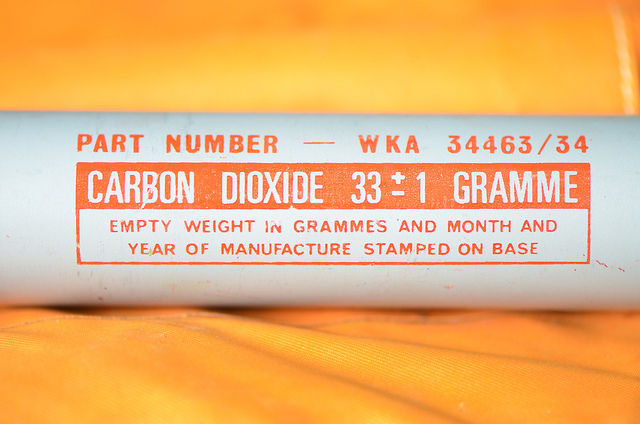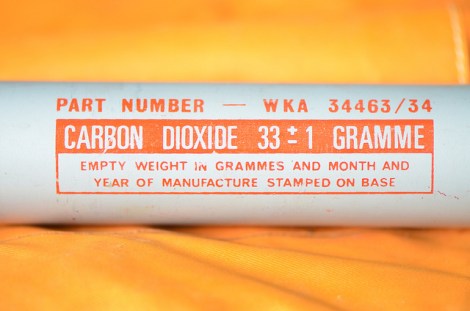This magic number, 350, trumpeted by 350.org and hailed as a marker of climate health, signifies a particular goal in the effort to curb carbon dioxide pollution. 350 is the target amount of CO2, in parts-per-million, that it would take to maintain global temperatures at near-normal levels. Holding steady at 350 ppm would require, according to a 2006 study, a 5 percent reduction in emissions each year.
Last month, the amount of atmospheric carbon dioxide reached 391 ppm. And in 2011, global CO2 emissions rose another 2.5 percent. From Reuters:
Global carbon dioxide (CO2) emissions in 2011 rose 2.5 percent to 34 billion tonnes, a new record, Germany’s renewable energy institute said on Tuesday. …
“If the current trend is sustained, worldwide CO2 emissions will go up by another 20 percent to over 40 billion tonnes by 2020,” IWR director Norbert Allnoch said.
China led the table of emitters in 2011 with 8.9 billion tonnes, up from 8.3 billion a year earlier. Its CO2 output was 50 percent more than the 6 billion tonnes in the United States.
India was third, ahead of Russia, Japan and Germany.
In 1997, the Kyoto Protocol was adopted, articulating specific reduction targets for emitting countries. Australia and the E.U. are both on track to meet their reduction targets — but those drops are more than offset by growth in China and the United States, neither of which participated in the Kyoto treaty.
At least when our kids swim over and ask us why efforts to curb carbon dioxide pollution failed, we can tell them that it’s not like we really tried all that hard.




